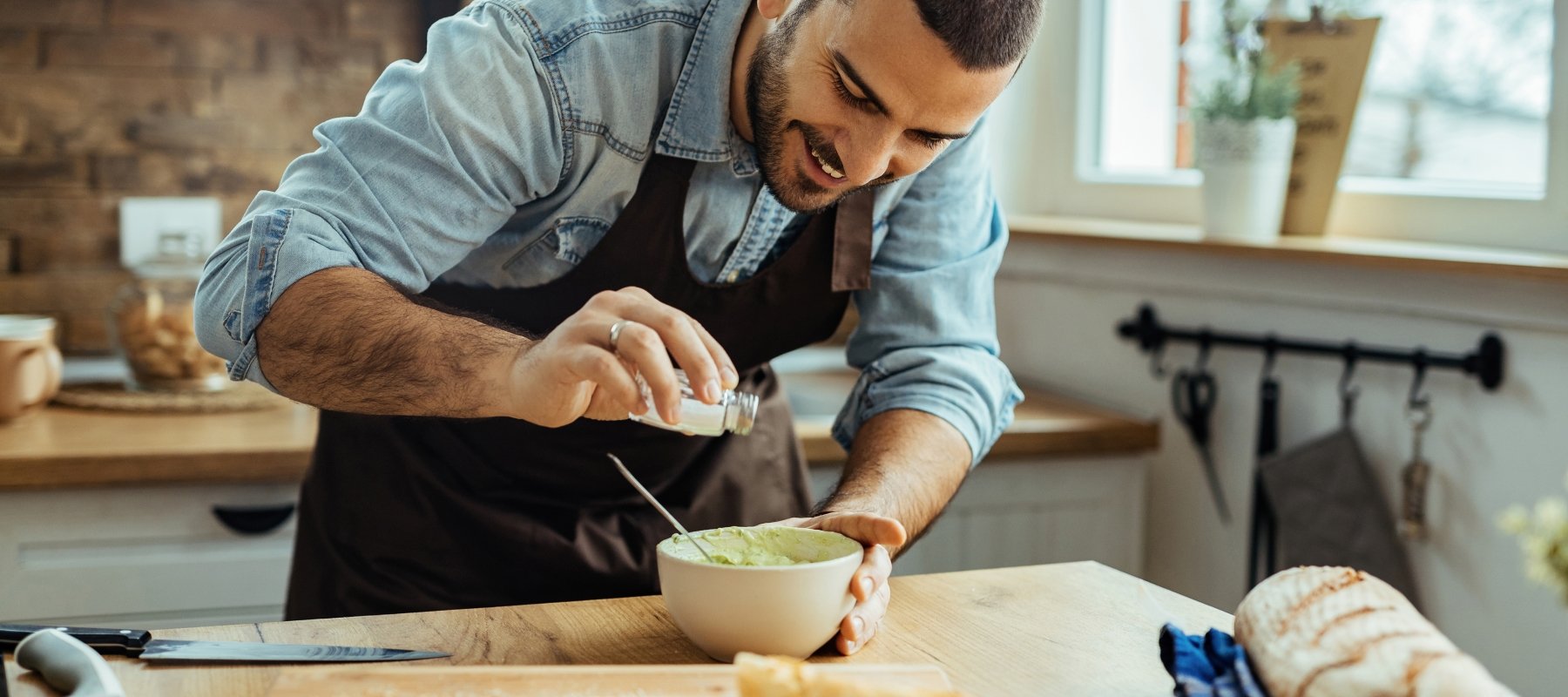The meals we savor while traveling fuel us for gratifying days of exploring, whether we’re following tranquil trails to magnificent vistas or taking in the charms of old-world villages. Of course, local cuisine provides much more than energy. Food is part of the journey. Each delectable dish we enjoy while traveling provides insight in a region’s history, into generations past, and into colorful cultures.
Local chefs are conduits to that culture. When you learn to prepare and cook regional cuisine from them, you connect with their local heritage in the most delicious of ways – and you gain personal, familial, and community views of a place’s gastronomy.
We’ve rounded up a trio of Mediterranean destinations where the tantalizing cuisine of masterful chefs opens doors local culture.
Spicing It Up in Greece
At first glance, the local Kalavryta eatery run by Chef Georgies—To Spiti tis Marios—might seem like any other Greek taverna. The ambiance in his beloved restaurant is understated, quaint even. But you’ll soon realize that its modesty is a clever disguise for what Georgios is up to in the kitchen.
Many Mediterranean cultures use herbs and spices sparingly so that the natural flavors of a dish’s main ingredient take center stage. But not in Greece. Not in Georgios’ kitchen. Oregano, mint, basil, thyme, and fennel can emerge as real scene-stealers on the plates he prepares. And he gets all these fabulous flavors right outside the taverna’s door in his herb garden.
During our Greece: Athens, Delphi & Meteora Walking Adventure, you’ll learn to prepare one of their delicious signature dishes, always an homage to the simple and frugal culinary past of Peloponnese. Perhaps an egg pasta dish, inspired by the 500-year rule of the Venetian Empire, or a traditional fasolada white bean soup often called the national food of the Greeks. Whatever’s on the menu, Georgios and his wife Maria make us feel like old friends with their gracious hospitality that’s a trademark of Greece.
Honoring the Culinary Past in Sicily
Nestled deep in Sicily’s Bosco Falconeria district some 25 miles from Palermo, the rustic Cataldo farmhouse has been in the family for four generations. They are most proud of their olive grove. The 2,000 or so gnarly trees have been producing fruit for hundreds of years. As you might imagine, the Cataldos produce a lot of olive oil!
Baglio Cappello is the kitchen and hearth of the family estate, helmed by the daughter of the house, Daniela Adamo. With its wood-fired oven and pantry of farm-fresh ingredients, it is a foodie’s paradise. Daniela studied Gastronomic Science at the University of Slow Food in Northern Italy’s Piedmont region, where the slow-food movement was born. She returned south to Sicily, she says, “to help take care of the family land and bring some innovation to our agronomic and cultural practices.”
History and gastronomy go hand in hand in Daniela’s kitchen. The recipes she shares reach deep into Sicily’s past; some may have even been forgotten if not for her passion for the island’s culinary legacies. In her skilled hands, every dish is timeless and can still be prepared with products picked straight from her organic garden and the local farmer’s market. She’ll walk you through her favorites during our Italy: Sicily Walking Adventure.
Crushing It in Liguria
Italy is renowned for its elegant cuisine. It’s common for most any restaurateur or dinner host to brilliantly combine a few fresh ingredients to create a truly inspired meal. This can certainly be said of pesto. And when you’re in the Liguria region, learning to prepare this universally beloved dish is a requirement.
Its method of preparation is right there in its name. “Pesto” is a form of the Genoese verb pestâ, which means “to crush.” This is also the original source of “pestle,” the pesto-maker’s wooden tool. Throughout Italy, any sauce that’s made by pounding ingredients together can be called a pesto. And in fact, ancient Romans are believed to have started the trend by crushing garlic, salt, cheese, herbs, olive oil, and vinegar together. But only pesto alla genovese – the garlic- and basil-based preparation—is made in Liguria.
Chances are good you’ve prepared some variation of this at home. But a traditionalist would tell you that true pesto is made with mortar and pestle – blenders have no place in pesto prep. So if you’re ready to put some elbow grease into it, you can make your own authentic batch, as you’ll see during our Italy: Genoa & the Cinque Terre Self-Guided Tour. Just grab your mortar and pestle, and—presto!—you’ll have a pesto that would make Ligurians proud.

